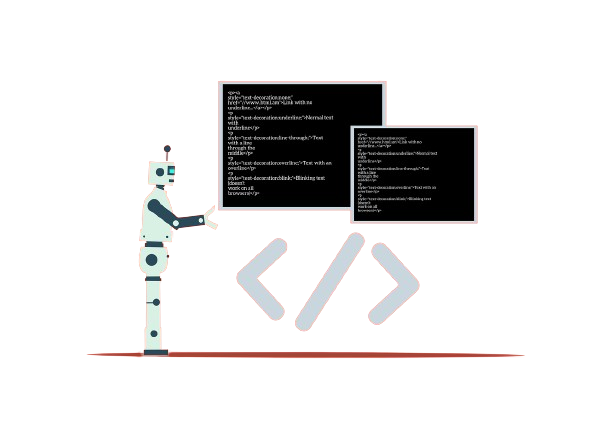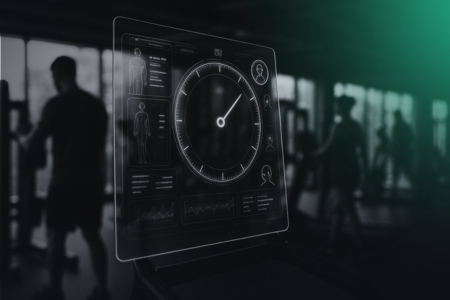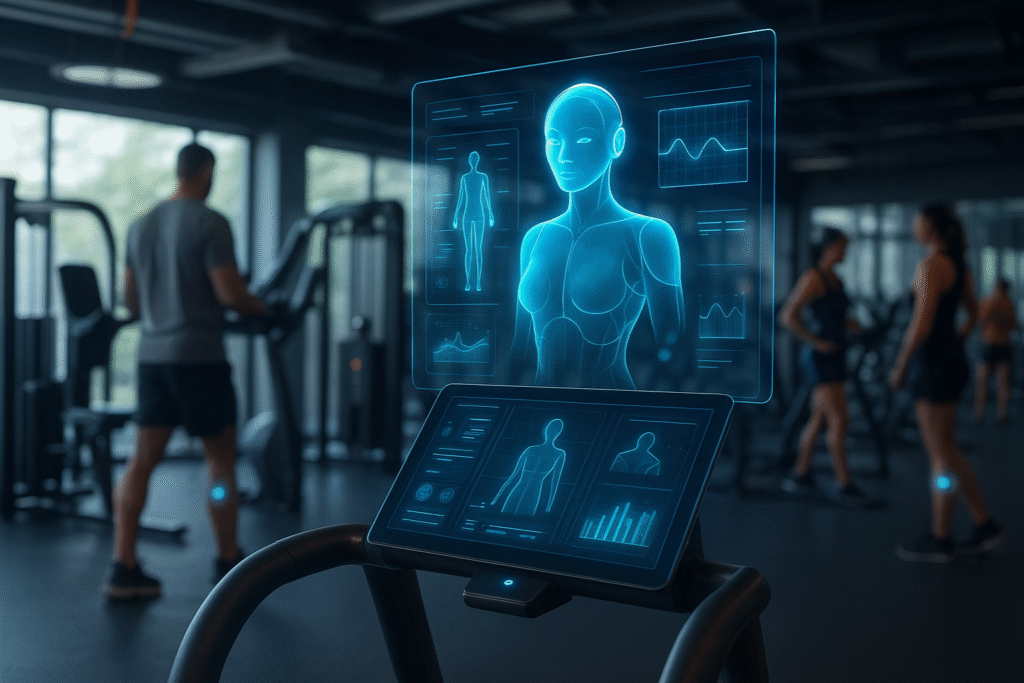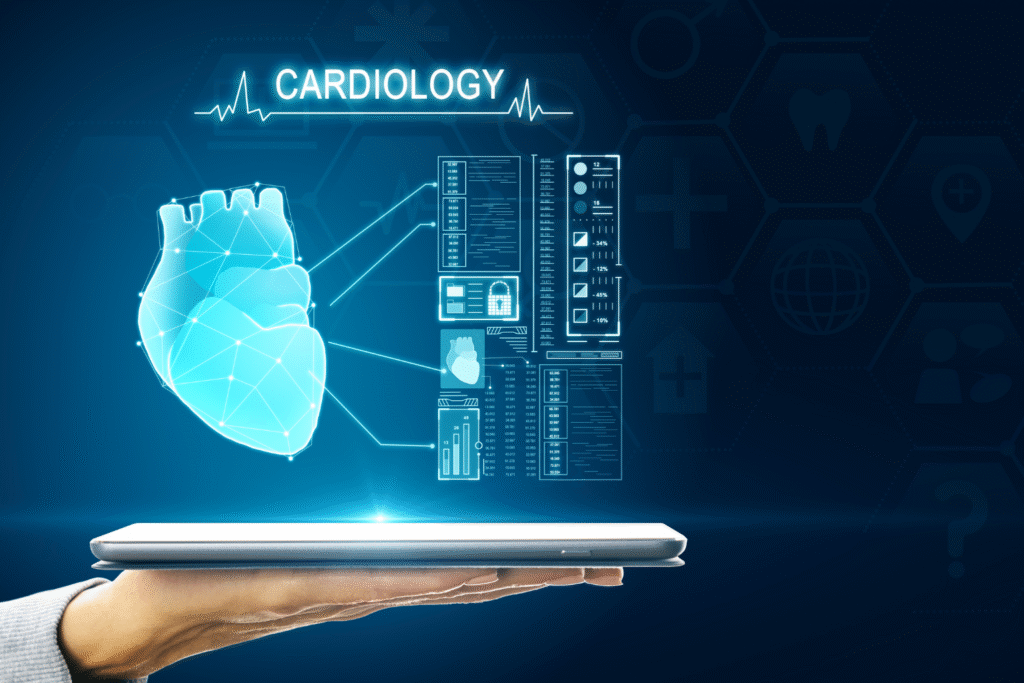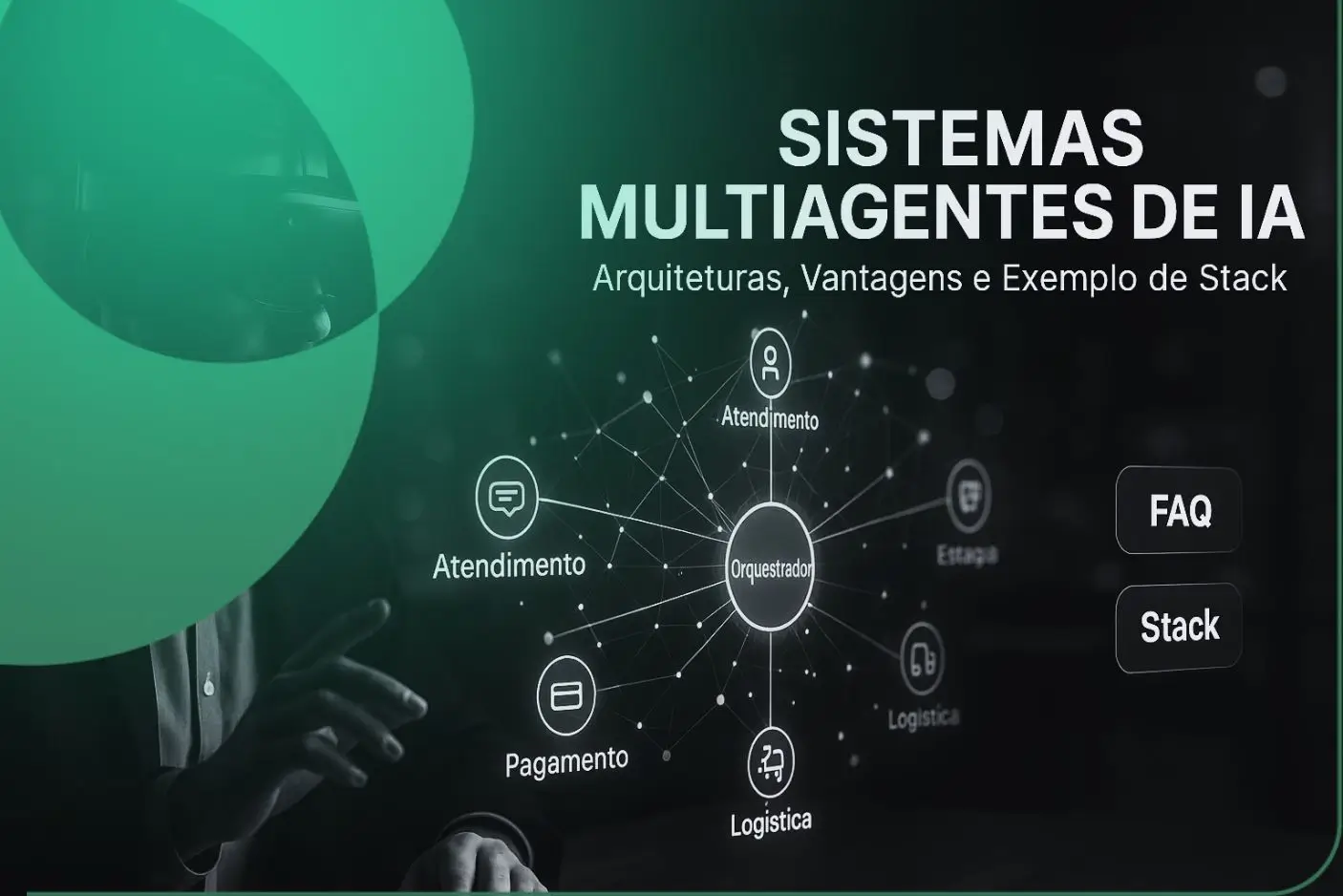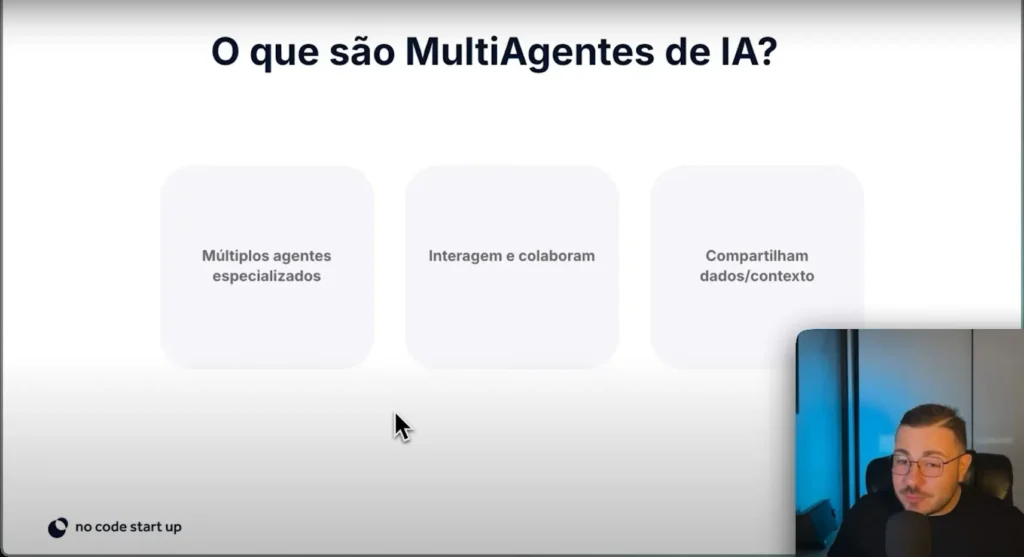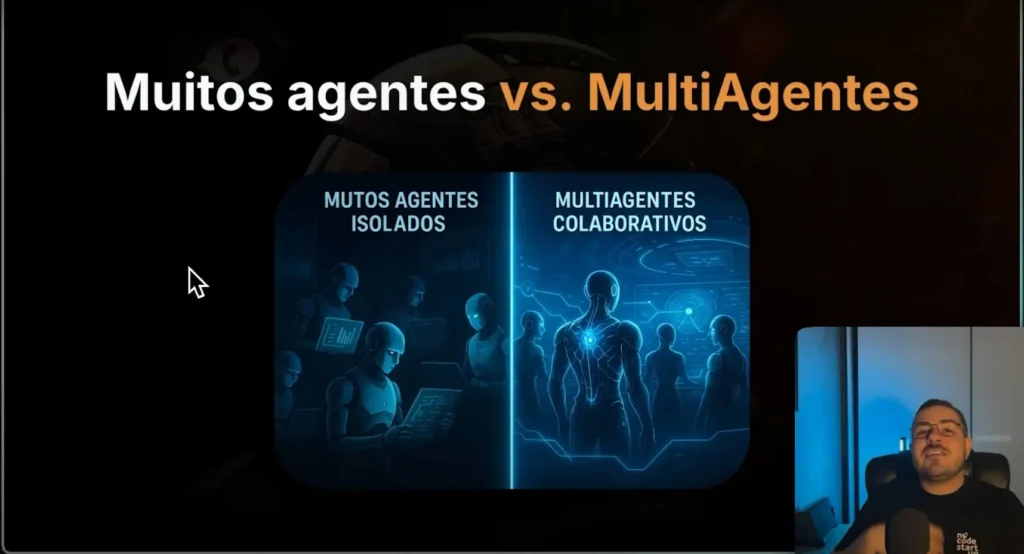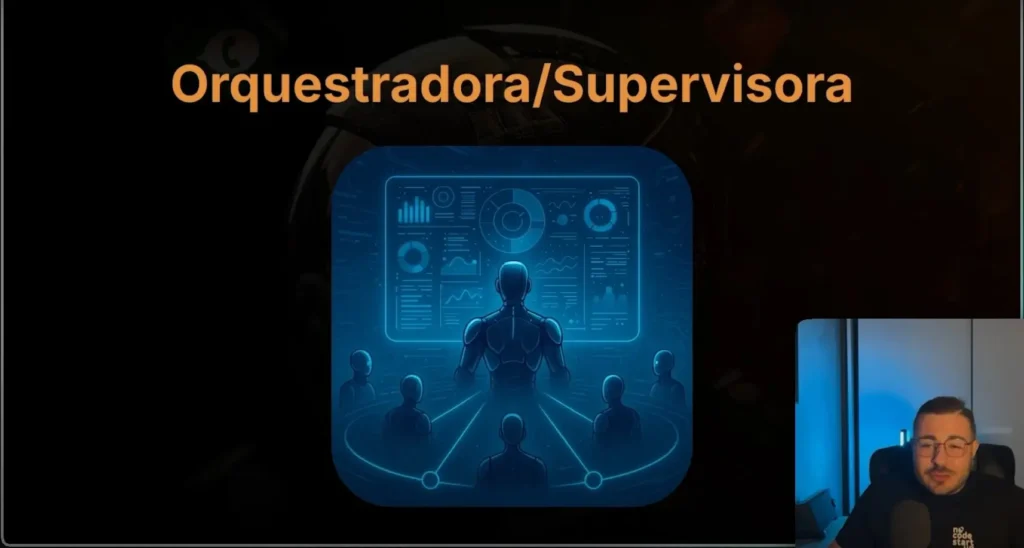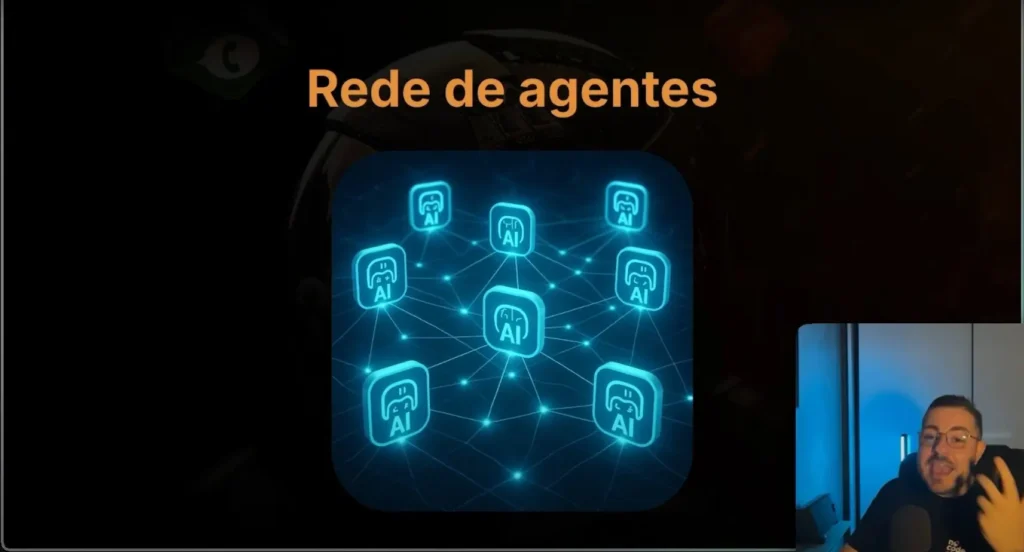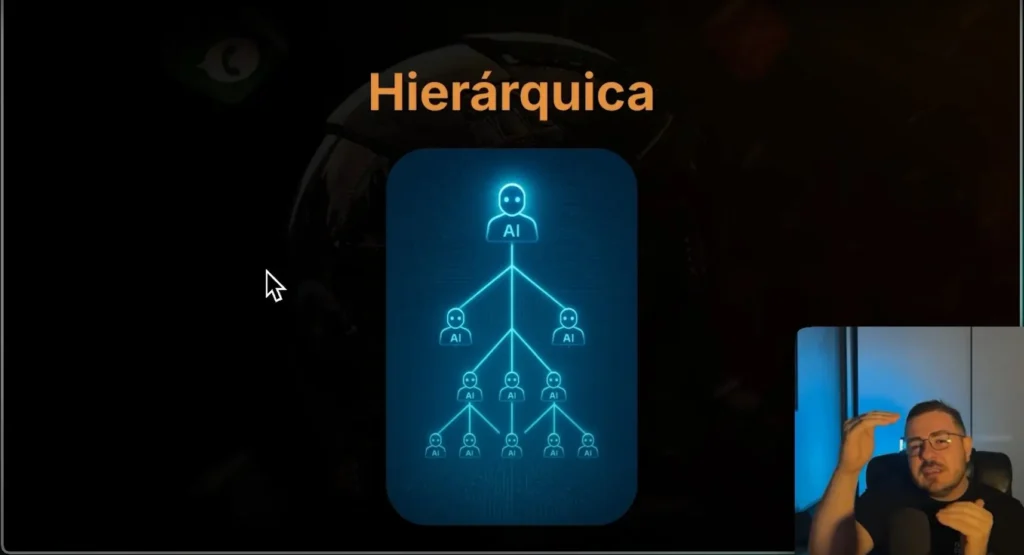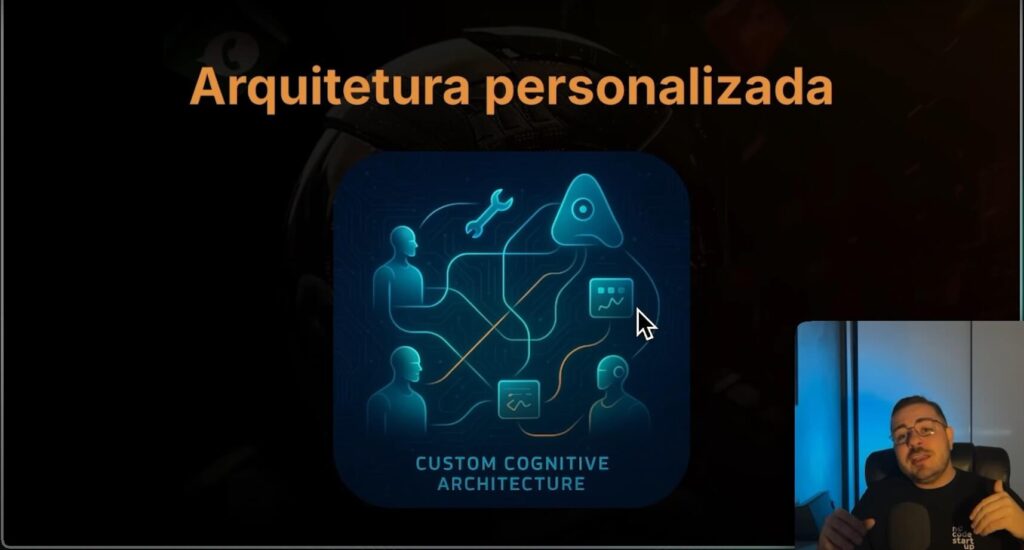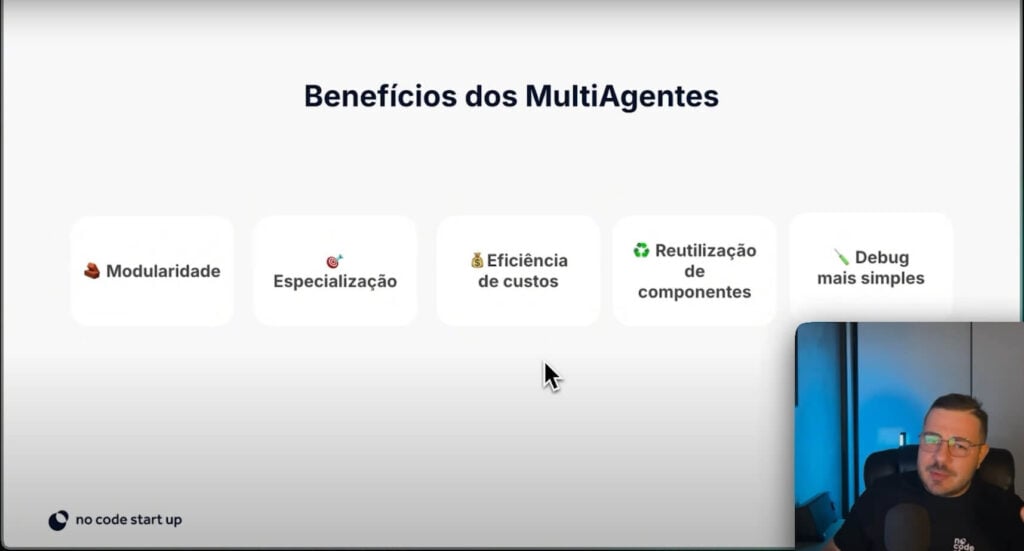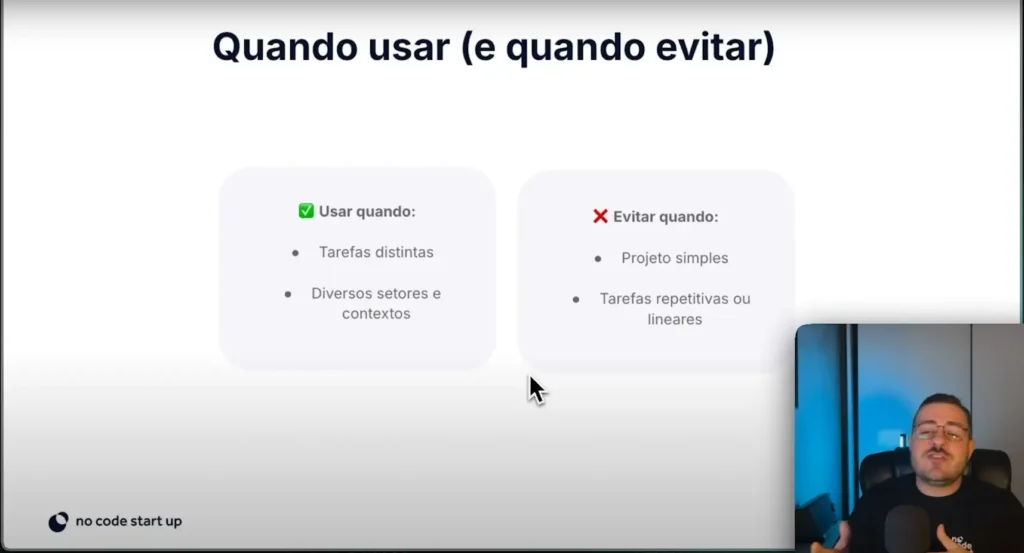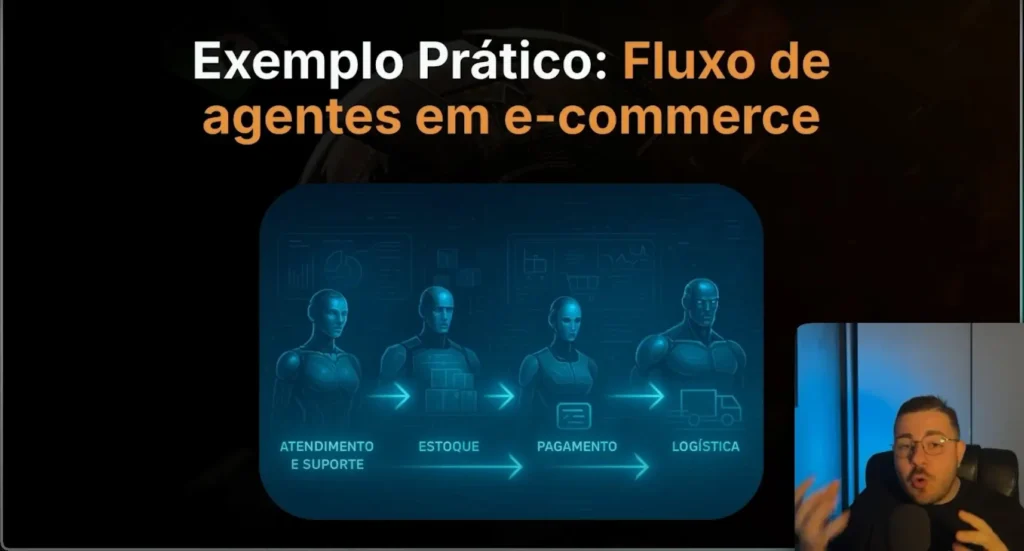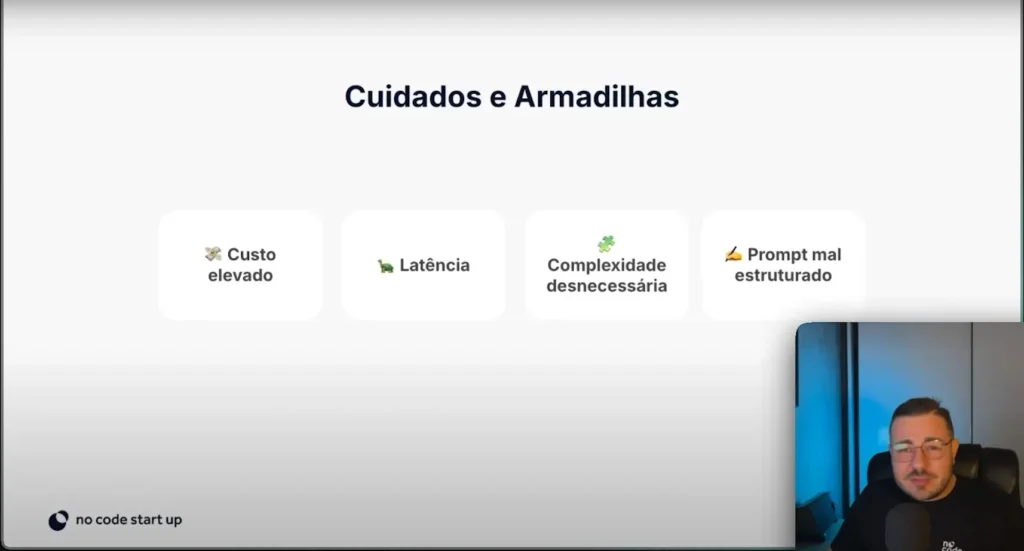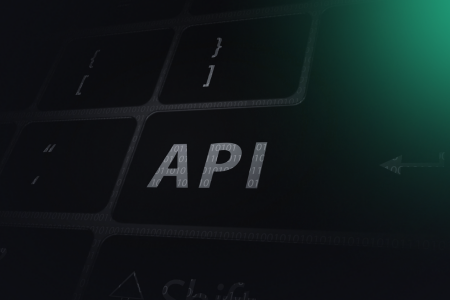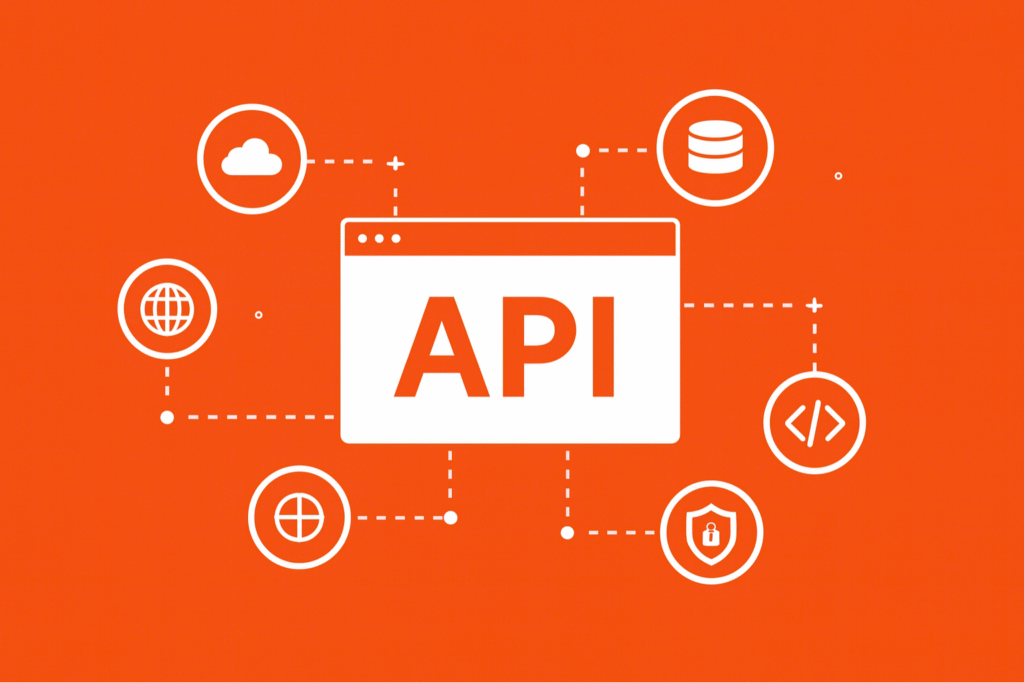One of the most common questions people ask when they want to work without knowing how to code is how to learn NoCode quickly. While NoCode is easier than traditional programming, it still requires time and dedication.
Afinal, estamos criando software, e isso envolve entender o básico, como planejamento de projeto, modelagem de dados, design e muitos outros fatores.
Confira as etapas para aprender NoCode rapidamente, para que você possa começar a criar aplicativos incríveis e até mesmo ganhar dinheiro com eles a seguir.
Understanding the journey of learning NoCode
Antes de mergulhar no processo passo a passo de como aprender NoCode, é importante entender como funciona a jornada de aprendizagem.
Muitas pessoas acham que aprender uma nova habilidade é um processo linear — assistir a aulas, praticar e melhorar gradualmente.
However, the reality is that the learning journey often has its ups and downs. When you first start learning something new, you may feel excited and confident at first. But as you delve deeper, you may encounter challenges that make you doubt your progress.
É importante perceber que se sentir confuso ou frustrado é uma parte normal do processo de aprendizagem. Geralmente é quando você está realmente começando a entender a habilidade.
Então, se você se sentir sobrecarregado, lembre-se de que é um sinal de que você está no caminho certo.
Step 1: Familiarize yourself with NoCode tools
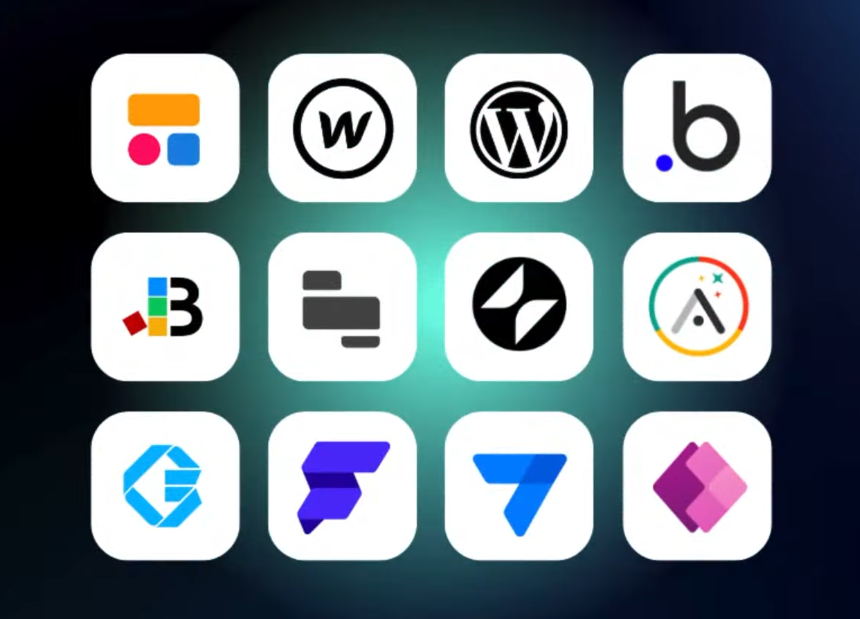
The first step in learning NoCode quickly is to familiarize yourself with the various no-code tools available. The no-code ecosystem is vast, with hundreds of tools to choose from.
To focus your learning, you need to understand the nature of your project. Are you building a mobile app, a web app, or just a simple website? Once you know what you want to build, research the best no-code tools for that type of project.
At No-Code Startup, we’ve spent months testing and comparing different no-code tools so you don’t have to. We’ve identified the best tools for building robust apps, such as Bubble and FlutterFlow.
We also have tutorials and comparisons between no-code tools and backend, which can help you decide where to focus your efforts.
Step 2: Master the fundamentals
A common mistake people make is jumping straight into building their app without understanding the fundamentals of no-code development and software.
É crucial saber como aprender NoCode básico e seguir uma metodologia ao criar seu aplicativo. Pular esta etapa pode levar a erros dispendiosos no futuro, pois você pode precisar voltar e refazer partes do seu projeto.
Na No-Code Startup, enfatizamos a importância de entender o problema que você está resolvendo antes de mergulhar na solução.
Comece conceituando seu sistema — que tipos de usuários você terá, quais telas precisará e quais funcionalidades são necessárias?
Depois disso, prossiga para o design de suas telas, criando um wireframe de baixa fidelidade e, eventualmente, um design mais detalhado. Em seguida, concentre-se na modelagem de dados e, finalmente, no desenvolvimento real do seu aplicativo.
Step 3: Learn how to learn NoCode through hands-on projects
Theory is important, but the best way to learn NoCode is through hands-on projects. Studies show that active learning, such as discussing, producing, and teaching, helps us retain knowledge much better than passive learning, such as reading or listening.
That’s why at No-Code Startup, we encourage our students to learn by doing. Start with simple projects to understand the basic concepts.
As you gain confidence, gradually take on more complex projects. This step-by-step approach will help you develop your skills and prepare for real-world challenges.
Step 4: Work on real-world projects

Once you’ve completed a few hands-on projects, it’s time to tackle a real-world problem. Whether it’s a work-related task or a personal project you’ve always wanted to bring to life, applying your skills to a real-world scenario will deepen your understanding and give you the confidence to build more complex applications.
Nesta fase, você descobrirá que a metodologia e os fundamentos que aprendeu tornarão o processo muito mais tranquilo.
Você também estará mais bem equipado para solucionar problemas e resolver quaisquer questões que surgirem, sabendo como encontrar as respostas de que precisa.
Step 5: Surround yourself with like-minded people
Learning is easier when you are surrounded by people with similar goals. Join NoCode developer communities like Bubble Community, where you can ask questions, share experiences, and learn NoCode from others.
Na No-Code Startup, temos uma comunidade onde os alunos podem interagir, fazer perguntas técnicas e apoiar uns aos outros.
Fazer parte de uma comunidade dessas pode fornecer insights valiosos, oportunidades de networking e até mesmo parcerias em potencial.
Step 6: Teach Others How to Learn NoCode
A etapa final para dominar o NoCode (ou qualquer habilidade) é ensiná-lo aos outros. Ensinar força você a organizar seus pensamentos e explicar conceitos claramente, o que reforça sua própria compreensão.
Também é uma maneira de retribuir à comunidade e ajudar os outros em sua jornada de aprendizagem.
À medida que você se torna mais experiente, você pode até oferecer serviços de consultoria ou mentoria, transformando sua expertise em uma fonte de renda.
Ensinar não só ajuda você a aprender melhor, mas também o estabelece como um especialista de referência no campo sem código.
How to learn NoCode in the best way
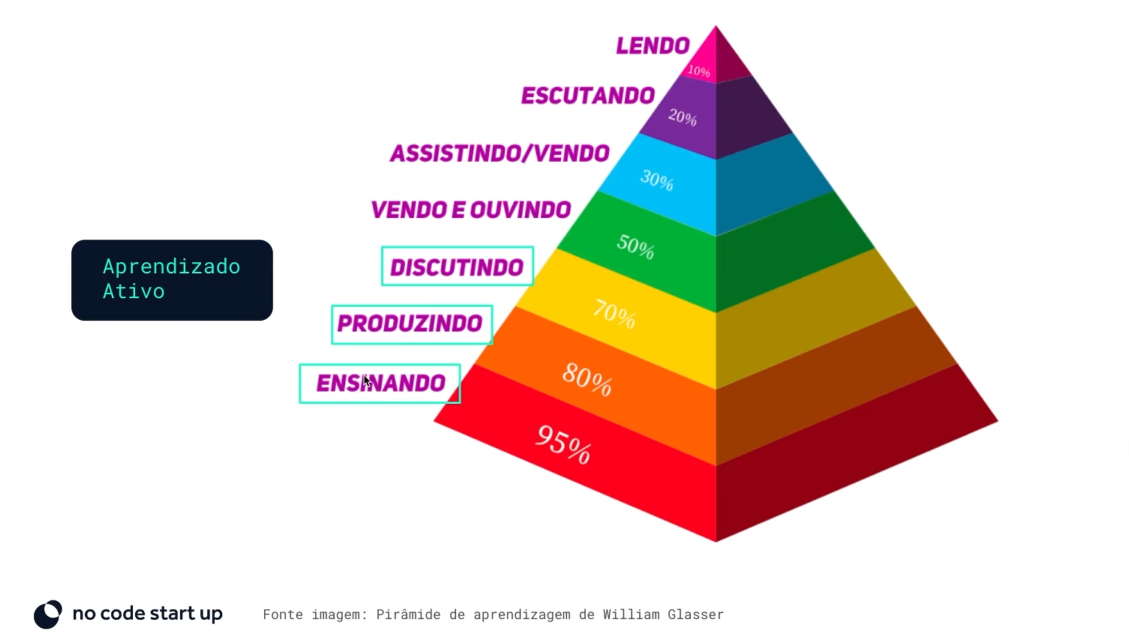
Saber como aprender NoCode é uma jornada cheia de altos e baixos, mas seguindo estas etapas, você pode acelerar seu progresso e começar a construir aplicativos incríveis em pouco tempo.
Remember, the key is to focus on the fundamentals, learn through hands-on experience, and stay connected with others in the no-code community.
And as you progress, don’t forget to share your knowledge — teaching is one of the most powerful ways to solidify your skills and grow as a developer.
